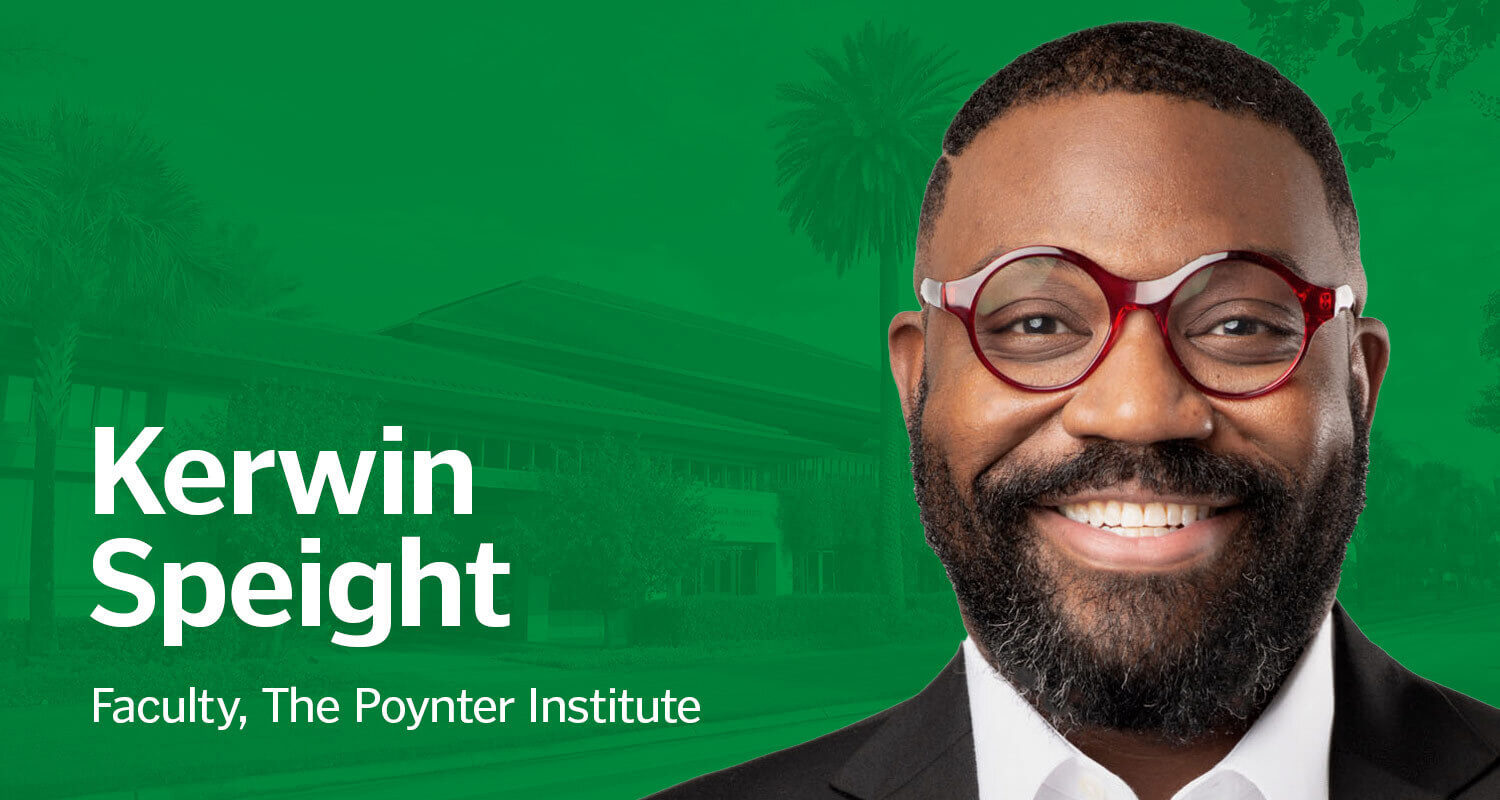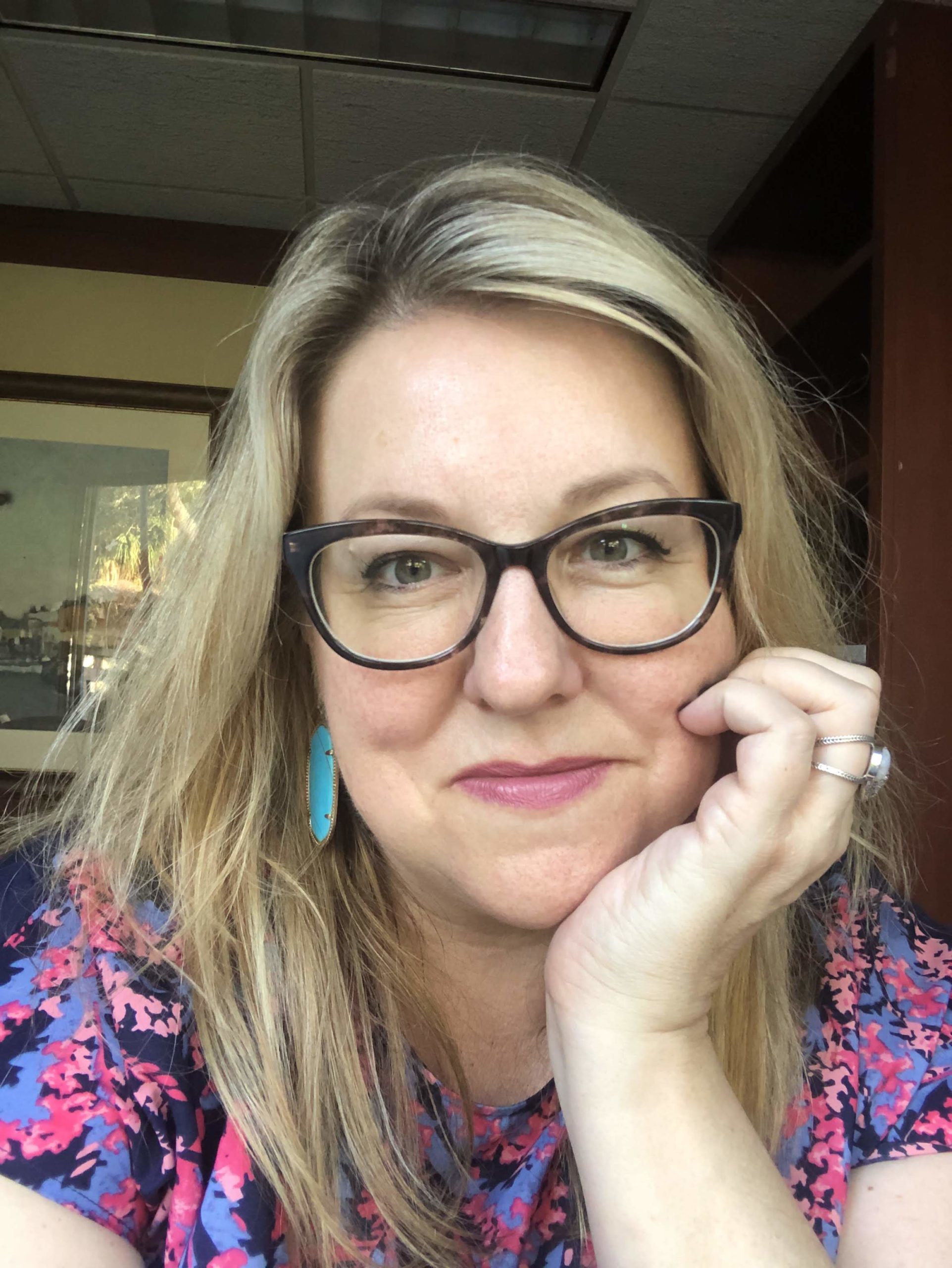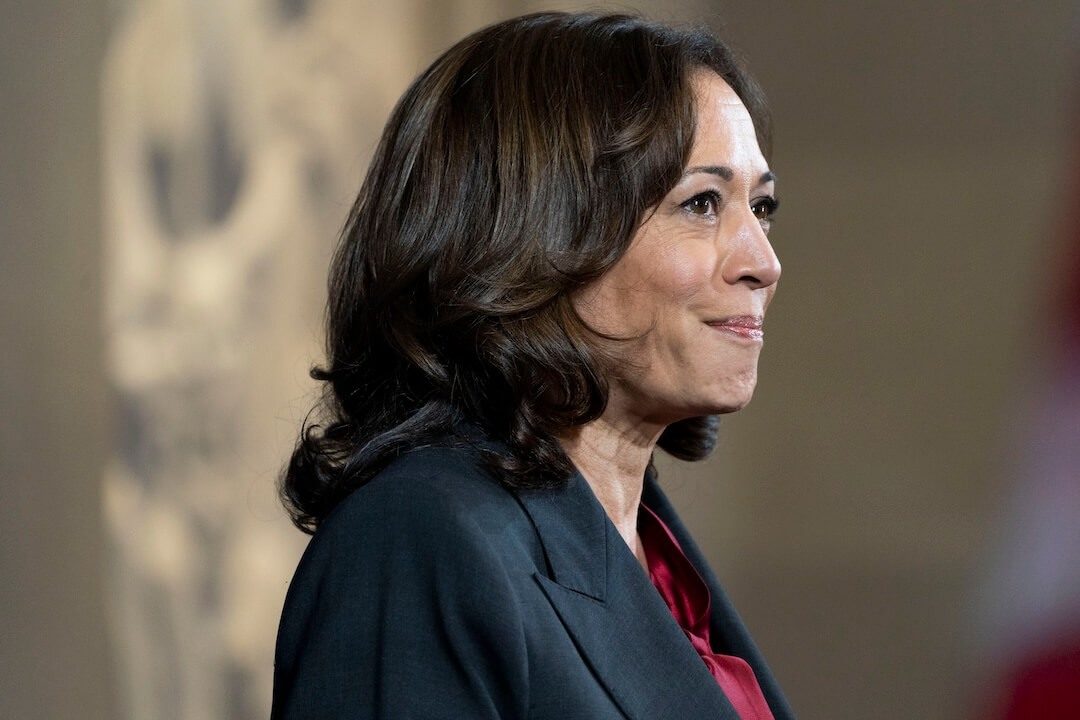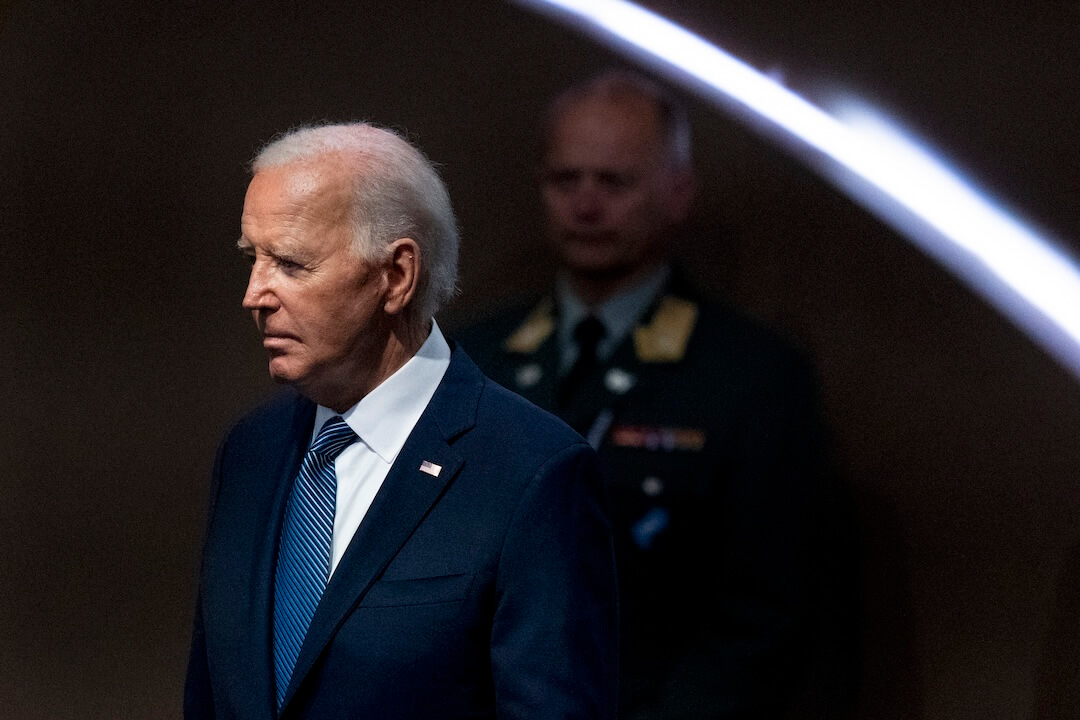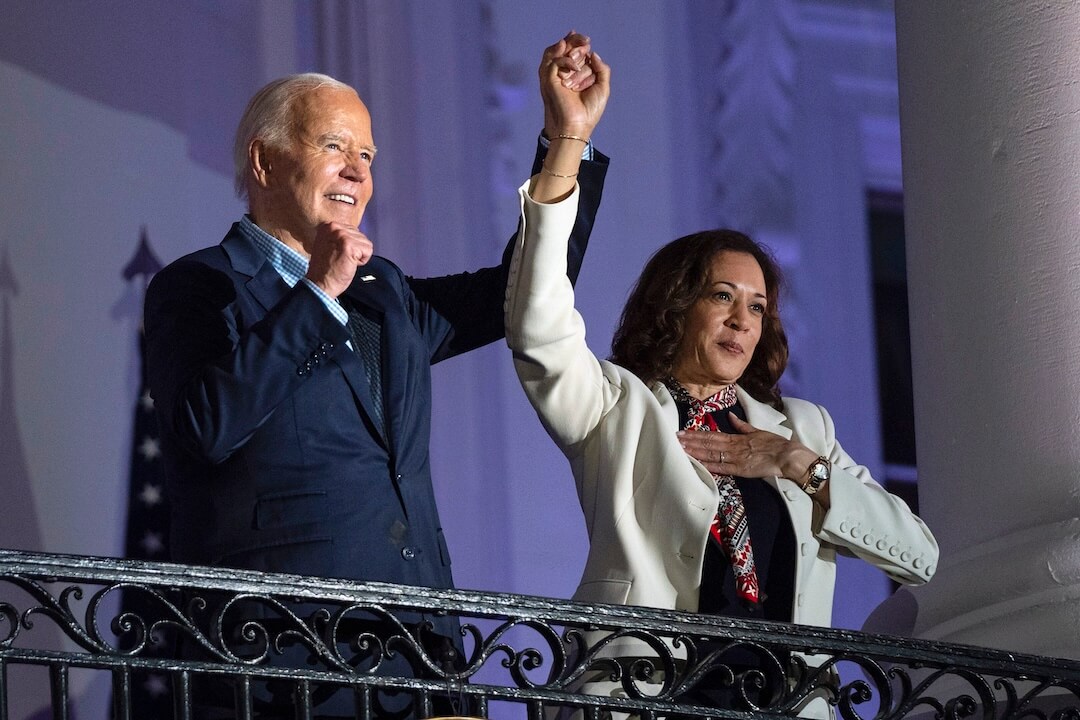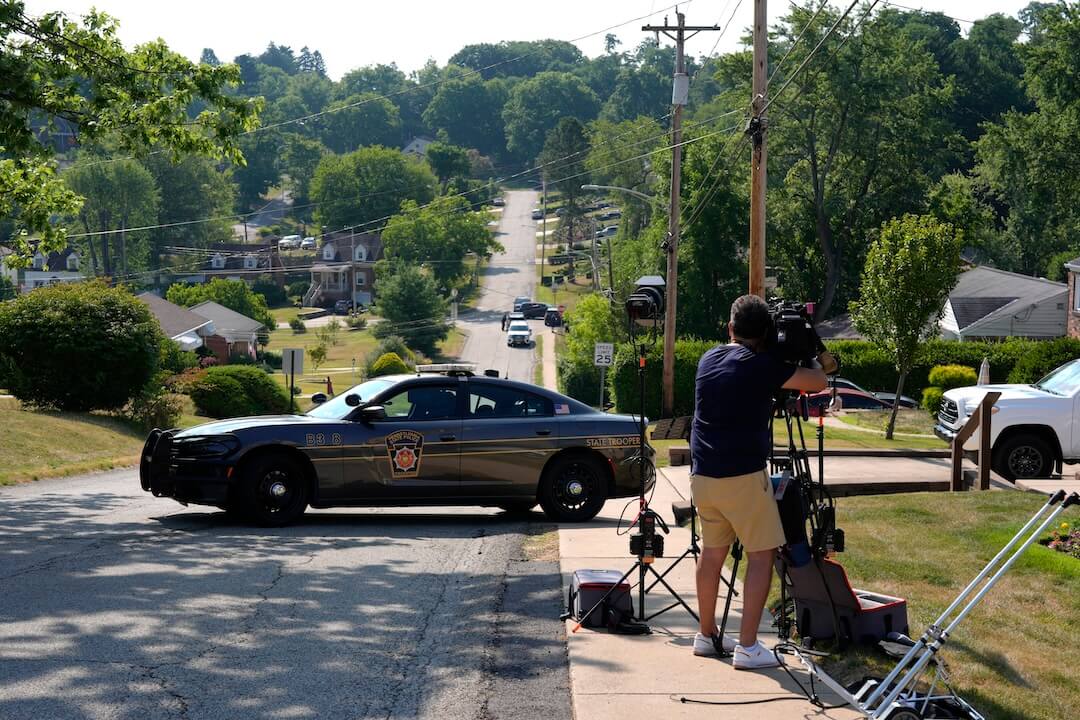Kerwin Speight started at Poynter in September as our newest faculty member, focusing on TV and broadcast journalism. In June, he’s leading the Poynter Producer Project, an in-person and online training program for the people who serve as “the engine of the newsroom.”
Poynter’s Barbara Allen spoke to Speight about his career, his teaching philosophy and what he hopes participants gain from this training. Their conversation has been edited.
Barbara Allen: You’ve got an extensive training background as well as a journalistic one. Tell us about a professional experience in which you learned a lot in a short amount of time.
Kerwin Speight: I look back on my time as the 11 p.m. newscast producer at WBAL-TV in Baltimore (an NBC affiliate owned by Hearst Television). I learned from my news director how to connect journalism, television and strategy. Oftentimes, as producers, we don’t get all of that. We get the journalism piece and we get the television piece, but probably not so much the strategy. It was the connection of those three elements that really helped me understand more about how producing my one show fit into the overall strategy of the television station.
Allen: When people say I learned a lot, that usually implies a little bit of stress.
Speight: Working as a producer, working in a newsroom, working in this business — it’s definitely a pressure cooker. There are always deadlines, and because television news is a team sport, there are always other people who need things from you and vice versa. Producers are really the first level of leadership. Although producers don’t have a management title, they’re really managing all of the pieces that have an impact on the show.
Allen: You were part of a team of Hearst journalists across the country who traveled to the southern part of the United States to provide news coverage for citizens in New Orleans when the Hearst station’s headquarters took on water and became uninhabitable during Hurricane Katrina. Can you tell me a little bit about that experience? What was that like and what did you learn there?
Speight: There were a couple of lessons. One, teamwork: How do you quickly learn to work with different people? We were from various stations and all came together to produce and report the news. You learn very quickly how to produce rolling coverage. We were producing hours and hours and hours of news. How do you take everything that comes in and explain to the viewer? I also learned to consider the implication of a story or what the impact might be. For example, when folks were evacuated from their homes in New Orleans and officials opened the Superdome to get them to safety, I remember thinking, “Oh my goodness, what are they going to do with all of these people who are just sitting and/or sleeping in the Superdome?” And then stories started to come out about the conditions there: the bathrooms, friction between people who were there and so on. So that was one of those lessons — “They’re moving people from New Orleans out of the flooding and into the Superdome. Once they get there, now what?” I learned to always be thinking about what’s next, what’s the implication, what does it all mean?
Allen: You also mentioned covering a blizzard in Baltimore. And you had to walk to work?
Speight: Yes. This was in 2010. There was a blizzard that hit the Northeast. We were on 12-hour shifts. My schedule was 2 p.m. to 2 a.m., something like that. It started to snow, and I went to move my car to go to work. I couldn’t get it out of the parking space. I mean, I tried shoveling but it was just too much — and the snow kept coming and kept coming and kept coming. And finally I just said, “Forget it,” and walked. Fortunately, I lived about a mile from the station, but I literally walked in my snowsuit to work to produce our rolling coverage of the blizzard.
When I got to work, I was drenched. Folks were like, “Oh my god, what happened?” and I was like, “I walked to work. I had to get here!” I took the snowsuit off, dried off and got to work. This blizzard was happening, and there was the need to put the news together, to take the information that was coming in real time from our meteorologists, from city and state officials, that folks at home needed to hear.
Allen: Did it cross your mind to just call the station and say, “I’m sorry, I can’t get my car out, so I won’t be coming to work today”?
Speight: No, it did not. (Laughs) It’s the job, you know? It’s expected. This is your job and you do it unless it’s a life or death emergency. I wanted to do it! I was excited — not necessarily about walking in a blizzard — but I was excited about producing the coverage. It’s informing and telling, combined with the thrill of this happening in real time.
I think there’s something about being on the front lines of history, which is the outcome of what we’re doing every day. As journalists and as producers, we’re really on the front lines of covering, telling, journaling, transcribing, showing our audience and our community what’s happening.
Allen: Tell us a little bit about your teaching philosophy. What do your students experience?
Speight: My teaching style tends to be approachable. I am not standing at a podium talking down to anyone. I am engaging them and working with them to learn whatever the subject is. I like to bring in real-life experiences, real-world examples, and lots of analogies to hopefully connect the learning material and principles.
Allen: What’s an example of a teaching technique you might use in a training like this?
Speight: I like to do an exercise with journalists, especially early-career journalists, in terms of brainstorming stories and how to find stories that are not on top of the radar.
That starts with “What’s your idea? What’s your passion?” Or, “What did you see or what did you hear?” From there, I like to draw a tree, if you will. That idea, that thought, that passion is the root or the base of the tree, and then we literally draw branches and consider: What are all of the things (people, events, etc.) of said story, said idea, said passion? How do we attack each branch to tell the story? Who are the people that we need to talk to? What kind of video do we need to think about? Is there something that’s left out or anything we need to explore? Usually that spurs a lot of ideas, and it helps get journalists on track to focusing in on a story vs. a wide topic where there are a number of different branches, going back to the analogy.
Allen: What happens when you get all these producers in a room together?
Speight: There’s always a meeting of the minds. There’s shop talk, there’s news talk, and then there is this kind of organic, “We can tackle this together! We can get through this together! Do you have ideas of what you did when X, Y and Z happened? I’m struggling with this here; do you have experience with that?” I think that Poynter magic is the incubator of those ideas and relationships. It’s the incubator for new, creative, different ideas, different tactics, for getting the job done or thinking about the job. It is a place where you can really take a step back from the pressure cooker, from the day-to-day environment of producing news and content, and really look at your purpose, and really look at how you can take purpose, plus the skills you have, plus new learning and leave a stronger, better journalist; a stronger, better producer.
Allen: Why do you think there’s a need for this kind of training in the industry right now?
Speight: Producers are the engine of the newsroom. And whether you are a newscast producer, or a video producer, or a digital producer, or a web producer, you are the folks who make the sausage. We need those folks. There is still the need for producers to share, to tell, to inform their community about what’s happening locally, regionally, and in the world around them. You need somebody who can take all of that and make some sense of it.
The Poynter Producer Project is accepting applications through April 19. Read more and apply here.

